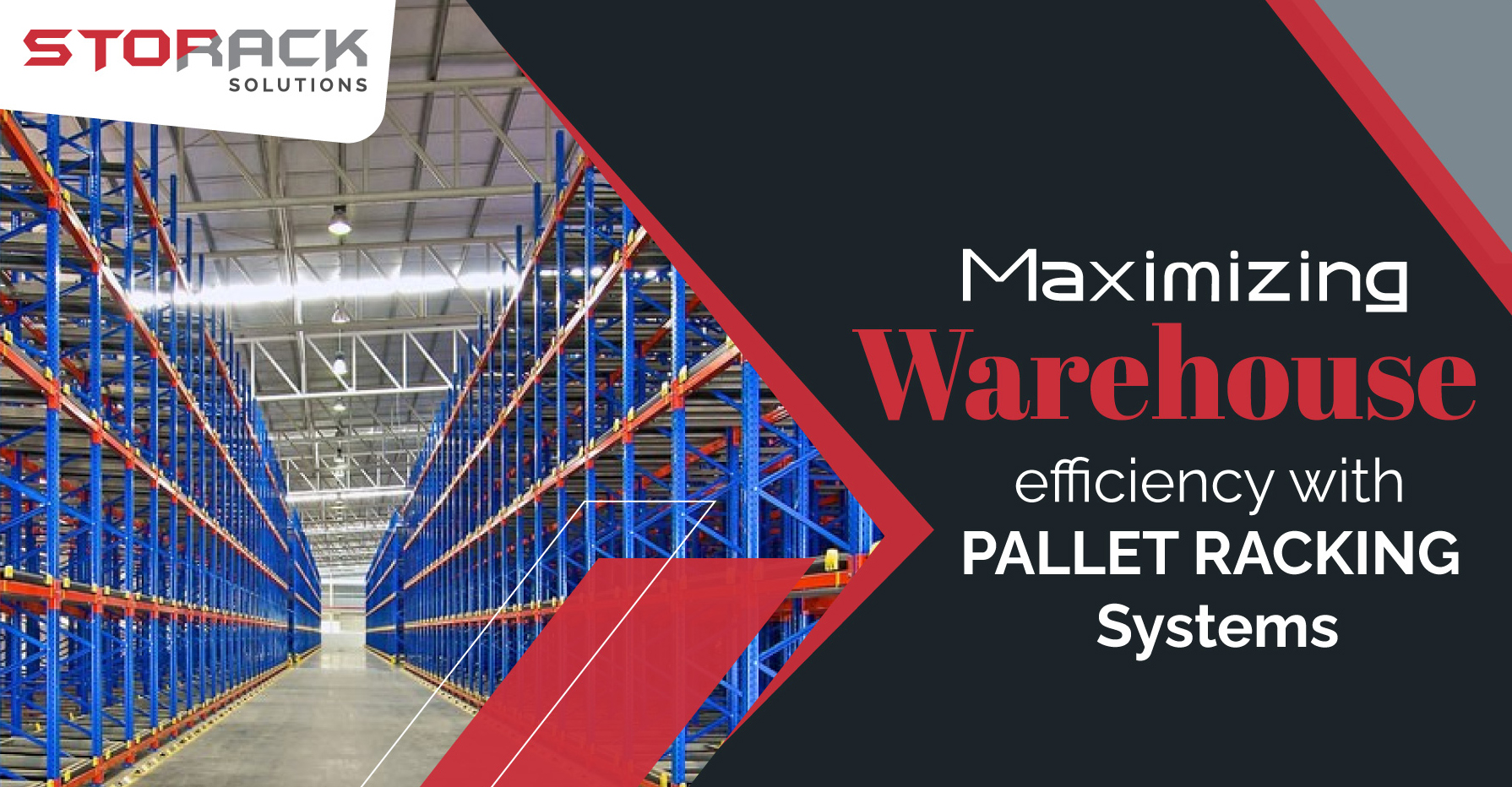
Maximizing Warehouse Efficiency with Pallet Racking Systems
Warehousing and storage are critical components of the supply chain for many industries. Efficiently utilizing space and effective inventory organization can significantly impact a company's operations and bottom line. One essential element of an optimized warehouse is a well-designed pallet racking system.
Understanding Pallet Racking Systems
Pallet racking systems are storage solutions designed to maximize vertical space in a warehouse by utilizing specialized racks to store palletized goods. These racks are typically made of steel or other durable materials and are configured in various ways to accommodate inventory and storage requirements.
Types of Pallet Racking Systems:
- Selective Pallet Racking: This is the most common type of pallet racking system, where pallets are stored on horizontal beams supported by vertical uprights.
- Drive-In/Drive-Through Racking: In this type of system, pallets are stored in lanes that are accessible from one end (Drive-In) or both ends (Drive-Through).
- Push-Back Racking: It allows for dense storage of multiple pallets with different SKUs; the last pallet loaded is the first to be unloaded (Last-In, First-Out - LIFO).
- Pallet Flow Racking: This system uses inclined roller tracks and gravity to move pallets from the loading end to the unloading end of the rack.
- Cantilever Racking: It features horizontal arms that extend from vertical columns, allowing for easy access and organization of oversized items.
Benefits of Pallet Racking Systems
- Space Optimization: Pallet racking systems utilize vertical space efficiently, allowing for high-density storage and maximizing available warehouse space. It helps businesses save on real estate costs and maximize their facility's footprint.
- Improved Accessibility: With pallet racking systems, inventory can be organized in a structured manner, making it easy to access and retrieve specific items when needed. It improves order-picking efficiency, reduces order fulfilment time, and minimizes errors.
- Enhanced Safety: Pallet racking systems are designed with safety features, such as load-bearing capacities, safety clips, and anti-collapse devices, to ensure the safe storage of heavy pallets and protect warehouse personnel from potential accidents. It promotes a safe working environment and reduces the risk of damage to inventory or equipment.
- Flexibility and Customization:Can be customized to meet specific warehousing needs, such as different pallet sizes, weight capacities, and inventory types. They can also be easily reconfigured or expanded to accommodate changing storage requirements or business growth, making them highly flexible and adaptable to evolving warehouse operations.
- Cost Savings: By maximizing warehouse space, improving accessibility, and enhancing efficiency, pallet racking systems can lead to cost savings in multiple areas, such as reduced real estate costs, labour costs, and inventory holding costs. These cost savings can directly impact a company's profitability and competitiveness in the market.
Factors to Consider When Implementing Pallet Racking Systems
- Warehouse Layout and Space Constraints: The layout and dimensions of the warehouse space are critical factors to consider when implementing a pallet racking system. It is essential to analyze the available space, ceiling height, and floor load capacity to determine the most suitable type of pallet racking system and its configuration. Proper planning can ensure optimal space utilization and efficient warehouse material flow.
- Inventory Characteristics and Storage Requirements: The type, size, weight, and characteristics of the stored inventory are essential considerations when choosing a pallet racking system. Different types of inventory may require different racking systems, such as selective racking for fast-moving items, push-back racking for items with varying SKUs, or cantilever racking for oversized items. Understanding the inventory characteristics and storage requirements is crucial to designing a system that meets the business's specific needs.
- Safety Regulations and Compliance: Safety should always be a top priority in any warehouse operation. When implementing a pallet racking system, it is essential to ensure compliance with local safety regulations and industry standards. It includes load capacity limits, safety clips, proper installation and maintenance, and employee training on the safe operation and handling of pallet racking systems.
- Cost and Budget Considerations: Implementing a pallet racking system is a significant consideration for any business. It is crucial to evaluate the total cost of ownership, including the initial investment, installation costs, ongoing maintenance, and potential operational disruptions during implementation. A well-planned budget and cost analysis can help businesses make informed decisions and choose a pallet-racking system that provides the best return on investment.
By implementing a well-designed pallet racking system, businesses can significantly enhance their warehouse operations, reduce costs, and improve overall productivity. However, when choosing and implementing a pallet racking system, it is essential to consider various factors, such as warehouse layout, inventory characteristics, safety regulations, and budget.